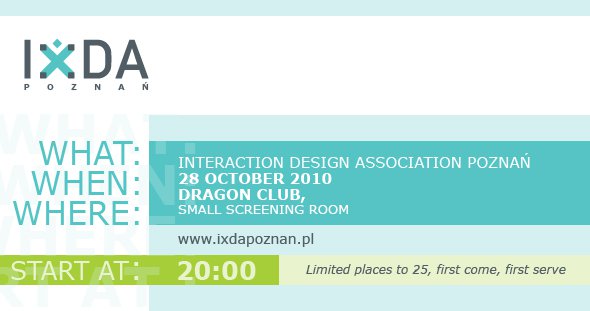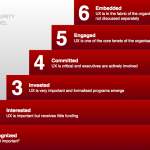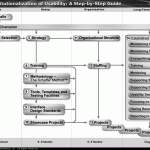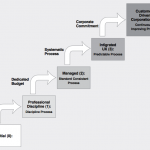The first big question to ask is, Do users need one hand or two hands to operate a device? Interacting with Web sites on a computer normally requires the use of two hands when typing on a standard keyboard and one hand when using a mouse or other pointing device. With the vast diversity of handheld devices, users often need to decide whether to use a particular device with both hands or only one hand. Sometimes this decision is contextually constrained.
For example, people driving a vehicle have only one hand free when operating a GPS device. Sometimes this decision is culturally constrained. For example, smartphone users in Japan are accustomed to using their smartphones with one hand, because they’re often using their other hand to hold onto a handrail on a running train.
Whether we intend a device for one-hand or two-hand use can greatly impact how we design it – and, therefore, affect how people perceive its usability. Usability professionals should take this factor into consideration when planning test tasks and creating test scenarios.
Źródło: Usability for Handheld Devices Versus Computers, Shanshan Ma, UXmatters.













Recent Comments